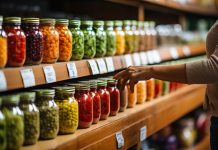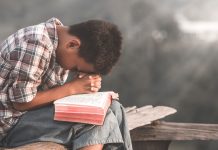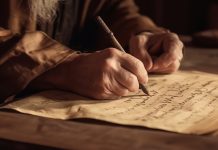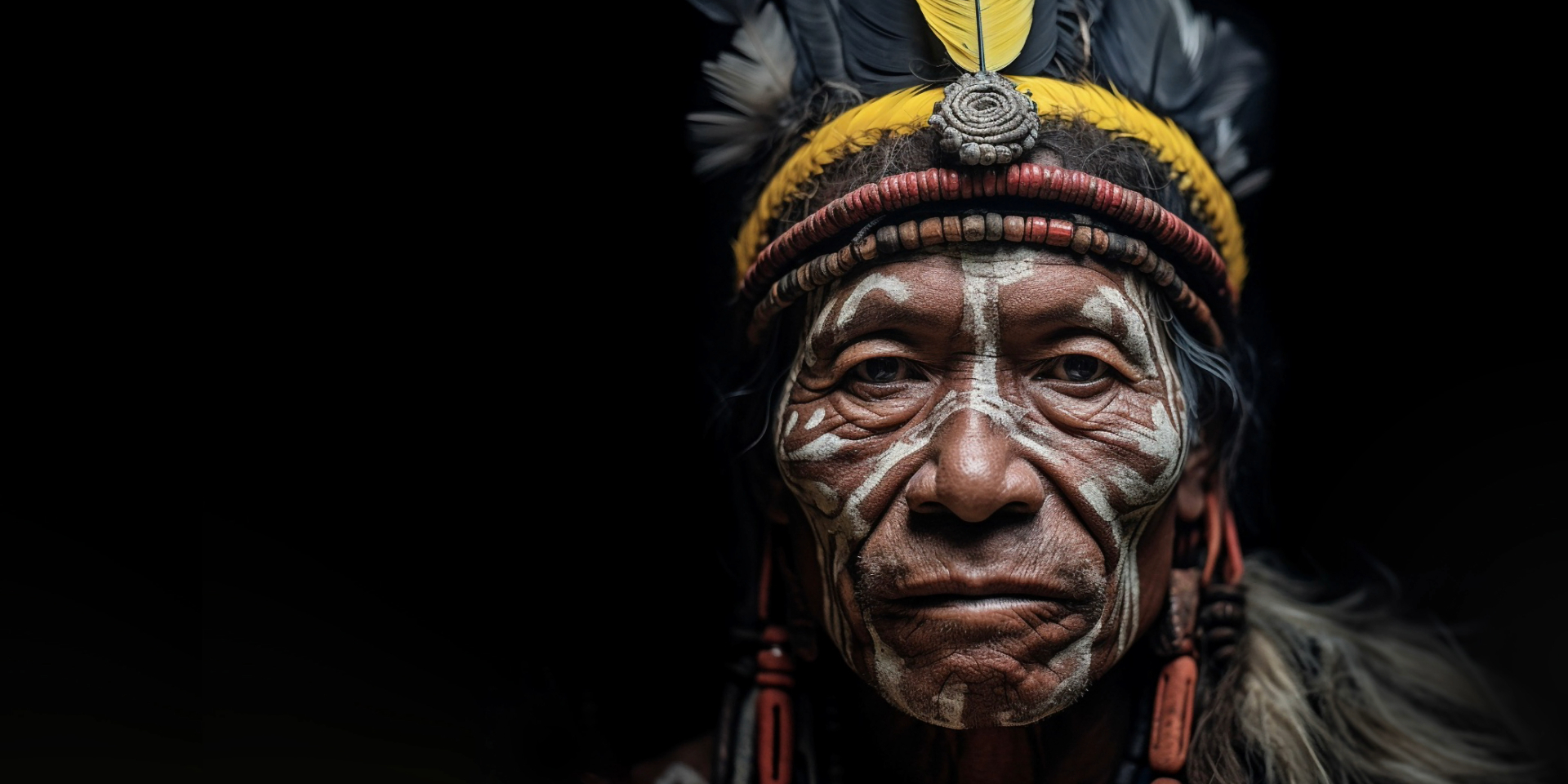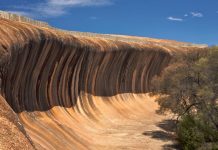JS: What is NAIDOC Week? Why is it significant?
DG: NAIDOC Week celebrates Indigenous culture—Aboriginal and Torres Strait Islander people, their achievements and their contribution to the nation.
As far back as the 1920s, [Indigenous] people understood that they lived in a society where they were faced with restrictions and limited opportunities—and they looked at “How can we boost morale”, “How can we understand our own culture and presence”. It became a time of celebration—their achievements and existence. NAIDOC is an invitation for all Australia because when Indigenous people are successful and progress, the whole nation progresses as well. It’s a good thing for the community and a good thing for our society.
JS: Can you give us a window into what that success looks like?
DG: The NAIDOC Awards recognise the achievements of people in the community. It may be “Elder of the Year”, it may be people delivering services to the community, personal achievements of individuals and sporting achievements. We normally associate Indigenous achievements with sports in the Australian context, but NAIDOC is much broader than that. It looks at a whole range of categories. That happens on a national scale, but also different states do their own awards.
Stories come out of those celebrations that we may not hear about. I think of some of the Ranger programs where Indigenous rangers are preserving rare species and habitats we have in Australia. This is a significant achievement for our people—but also for our country. We’ve got so many interesting and wonderful creatures and habitats where these animals live and it’s our people who understand them and are now caring for those habitats.
And then you’ve got other young people who are becoming doctors and so on; working in the legal field—and it’s really “mainstreaming” Indigenous people in the Australian society. Not assimilating but mainstreaming them. They’re still Aboriginal, they’re still connected to their people but they’re achieving on the same level as anybody else in this country.
JS: The 2025 theme is “Next Generation: strength, vision and legacy”. What does that mean to you?
DG: That the next generation is a group of young people who are passionate, grounded, connected and understand the historical context previous generations have come through.
A lot of aspects of life will be in their hands as we move forward. A lot of trailblazers who’ve done some very hard yards in our Aboriginal community are getting to the end—age is catching up with them and they’re looking at passing [the torch] to the next generation.
We’re seeing that happen and we’re seeing a lot more young people get involved and confident in what they can do. That is really what this next generation is all about: transferring that information, that hope and looking forward to good outcomes for all Aboriginal people.

JS: As a pastor, where do you see the Bible speaking to this theme of legacy and empowering the next generation?
DG: We see this pattern throughout the Bible. We’ve got Moses handing over leadership to Joshua. Elijah handed it over to Elisha and even in the gospel stories—the early church, from the disciples to the apostles and so on, and raising up different churches in the various regions.
We see next generation coming through. Just as passionate, just as focused on the mandate—to share the gospel, to bring hope—and so there’s lots of parallels. As Christians today, we draw strength from that.
As an Aboriginal Christian, what we do in our community is very much in line with what the Bible teaches and what the Bible shows us in the patterns of leadership and development of people and mentoring and so on.
JS: “Mentoring” is sort of a buzzword these days. How are you seeing that in your own life and ministry? Are you seeing it being practised in Indigenous communities and the broader community?
DG: I had this conversation last night with my wife Kathy. We were thinking about the whole concept of discipleship and mentoring.
When we talk about discipleship in the Christian context, we’re talking about leading people to Jesus and then others leading their friends to Jesus and so on.
But when you remove the church aspect and look at the Aboriginal community, discipleship was always there. It was education, it was learning and mentoring. It was all rolled into one. It was a whole community focused and working together to achieve those results. We’ve always had discipling or discipline in our Aboriginal context. And it was done in different stages. Your parents and then your grandparents had a big part of that in your early years.
And then as you got older, your aunties and your uncles became part of it and then your peers. So you go through all these different stages—different people are in your life at different times, mentoring and being part of that process. But there’s a common thread of what it is highlighted within your family.
When I put that together with Christian discipleship, there’s no real difference—other than the fact Jesus becomes clearer. But the process has always been there with our Aboriginal families—for most Aboriginal families, I should say, not all of them. And that’s what’s so devastating when we look at the stolen generation—removal of children, even today—that’s where that breakdown becomes so evident. It impacts not only on the person who was removed but those connections that they would normally have with all their family members.
JS: In Proverbs, there’s a verse that says, without vision, the people perish. What vision do you think Australia should have so that our Indigenous people can thrive?
DG: I think the vision for Australia is a shared future. We’re all proud of this country. I mean you’ve only got to take us out of our country to overseas and it’s not long until we start longing for home.
So, our future together really is a shared one, one where we all love our country, we love being in it, but we also need to learn to love who else is in it with us. We get bogged down on all kinds of things that might divide us but if we looked a little bit closer at some of those issues, they’re strong points that could unite us.
I think about the whole Welcome to Country stuff, which, every so often comes up in debate. But the Welcome to Country is really a beautiful thing that non-Aboriginals can use to say, “Hey, I live on country”. Not only in the country of Australia—that’s one thing. The Welcome to Country or Acknowledgement of Country is not about that, but I live “on country”. That means I live in a place that has a history of Indigenous people who thrived and lived and they have their storylines there.
There’s a wealth of information around me in nature that tells us that. And that’s something precious in our community. When we get to the stage where we accept that and realise the value of it, then that’s walking together with our shared history. My hope is that we embrace that shared history. That way, we can have a better future together.

JS: Your work takes you all around Australia. What’s one thing that encourages you about the people you meet?
DG: The one thing many Indigenous people have in common is a strong sense of spirituality. They believe in a God. They believe there’s something better on the horizon: that God has a plan for mankind.
Without them even understanding all the Bible texts and the depth of all that, they know already. Because of that, they live with hope. That’s quite precious when you’re out in places where you’re looking for a blade of grass. We go to very remote places where it’s hot and dry—there’s more flies than anything—but the people have hope and they have a love for their place, their country there.
And it’s tied into the spirituality—that God is part of them and He’s part of that place with them. And also, they know there is a God who is preparing something better for them.
I’m a religious leader, a pastor, but even before I start talking about God, those things come out. They share that stuff openly. They’re open about their spirituality. There’s a contrast when you come into the cities. You can have all the resources at your fingertips in the city, but you see a lot of people walking around that don’t have hope. People are really struggling. There’s a longing in people’s hearts to go back on country.
JS: What’s one message you’d like to leave with our readers?
DG: Historically, Aboriginal people have leaned in to what we would call the “white fella’s ways”—whether it’s language, education or employment.
Yet we haven’t seen that from the rest of the community. We know stuff from overseas more than we know what’s in our own country, simply because we haven’t crossed the room to have those conversations.
When we know and understand one another, we’re going to do things differently, we will see our community impacted in a positive way.







